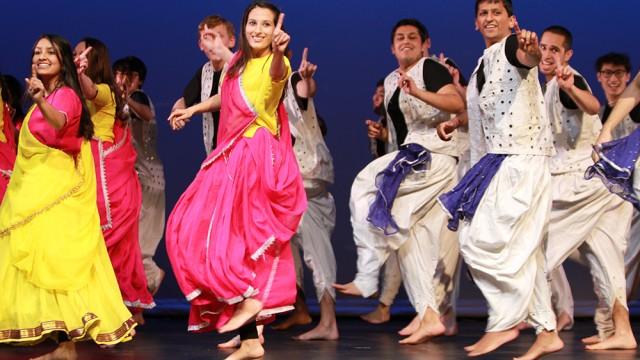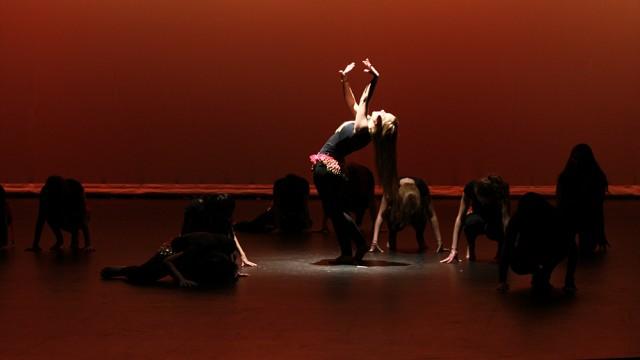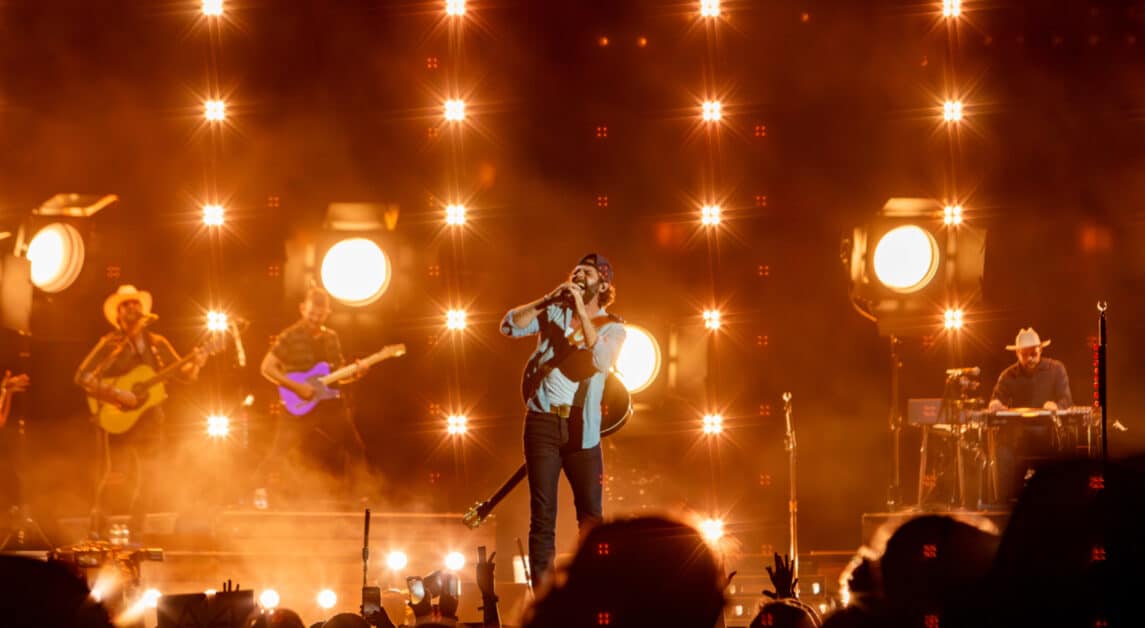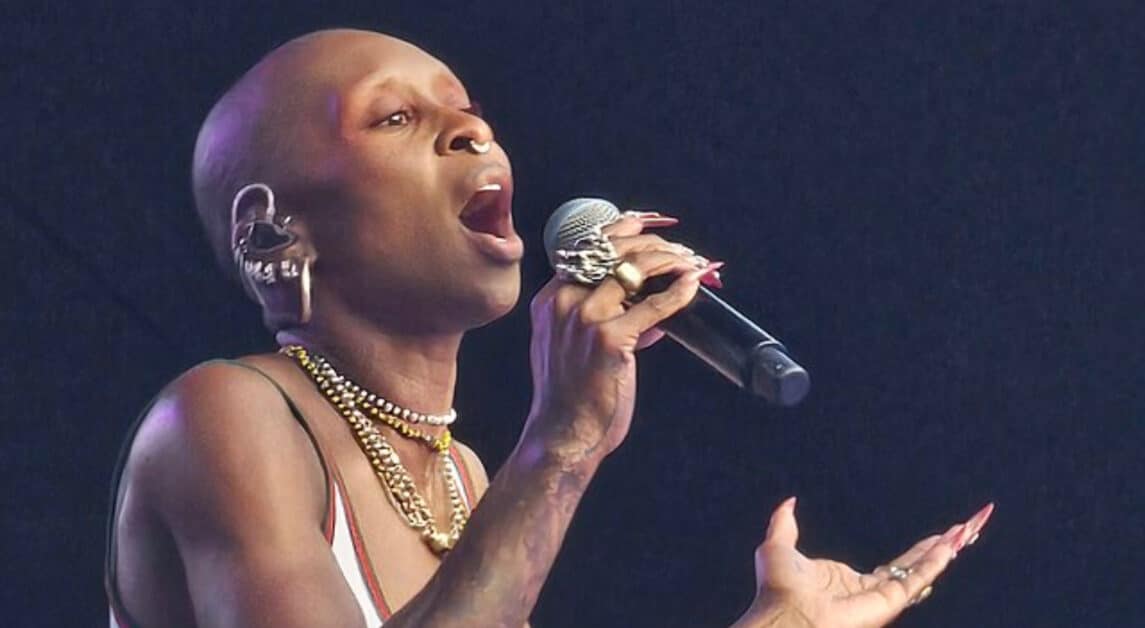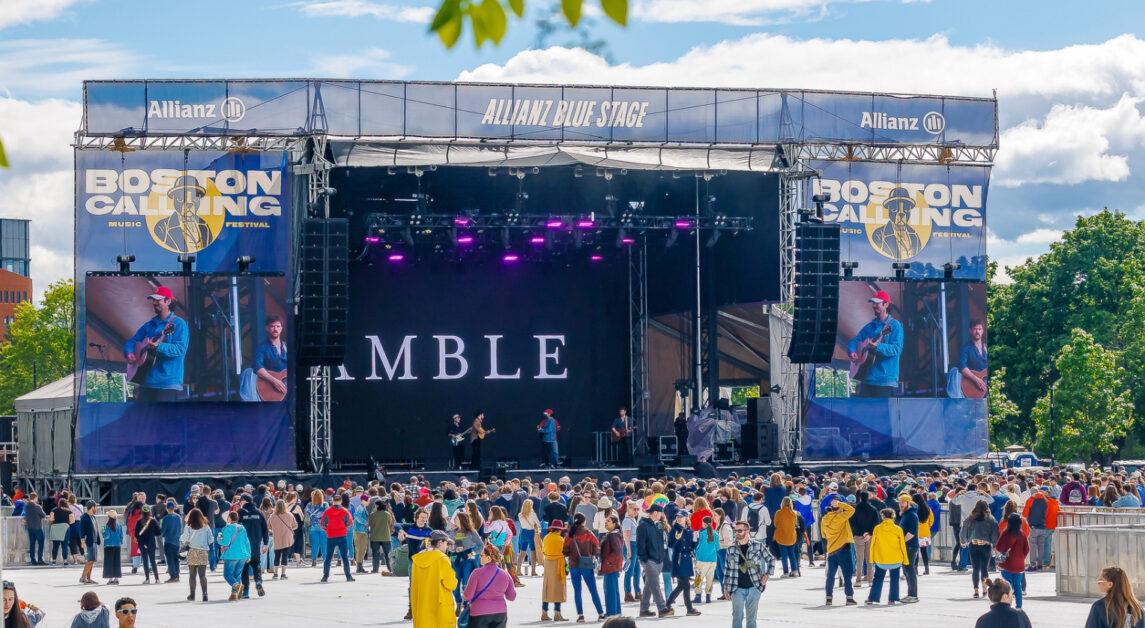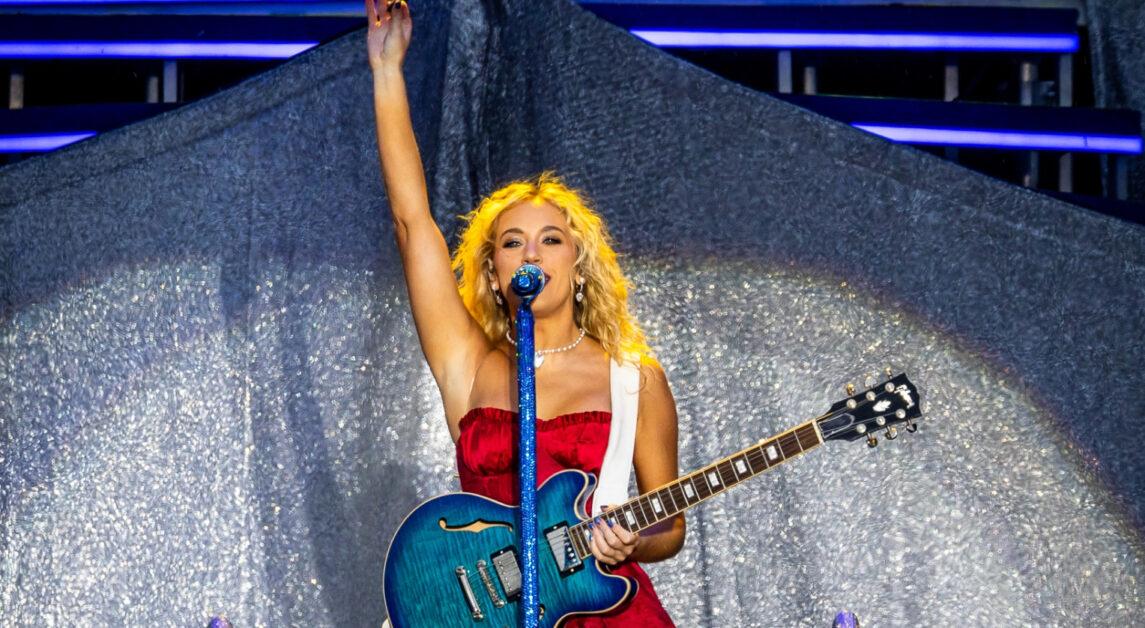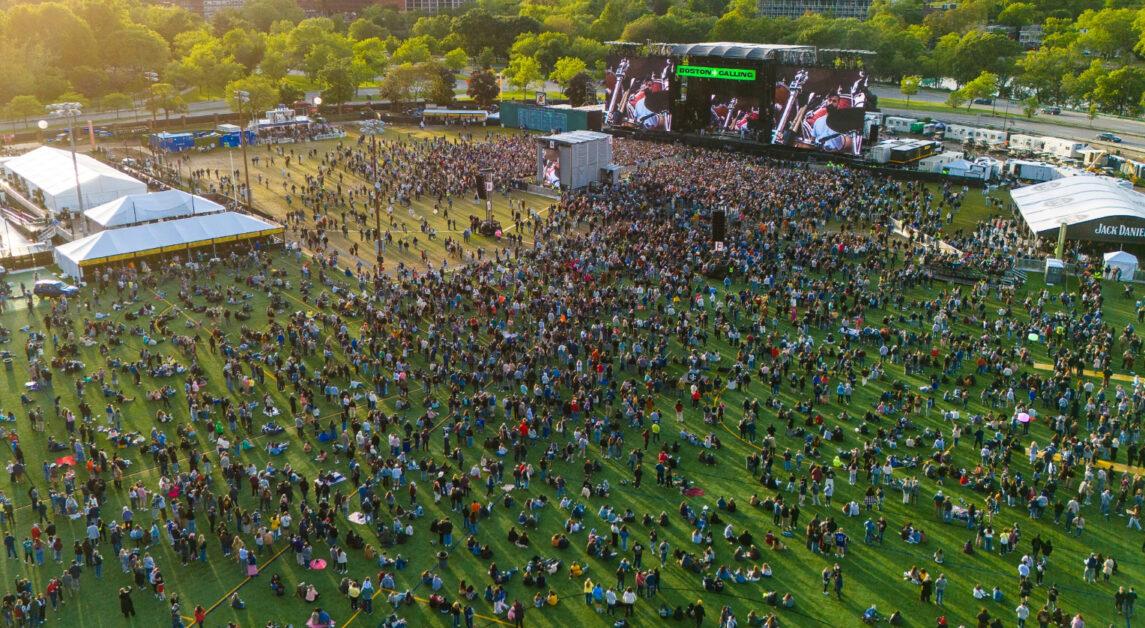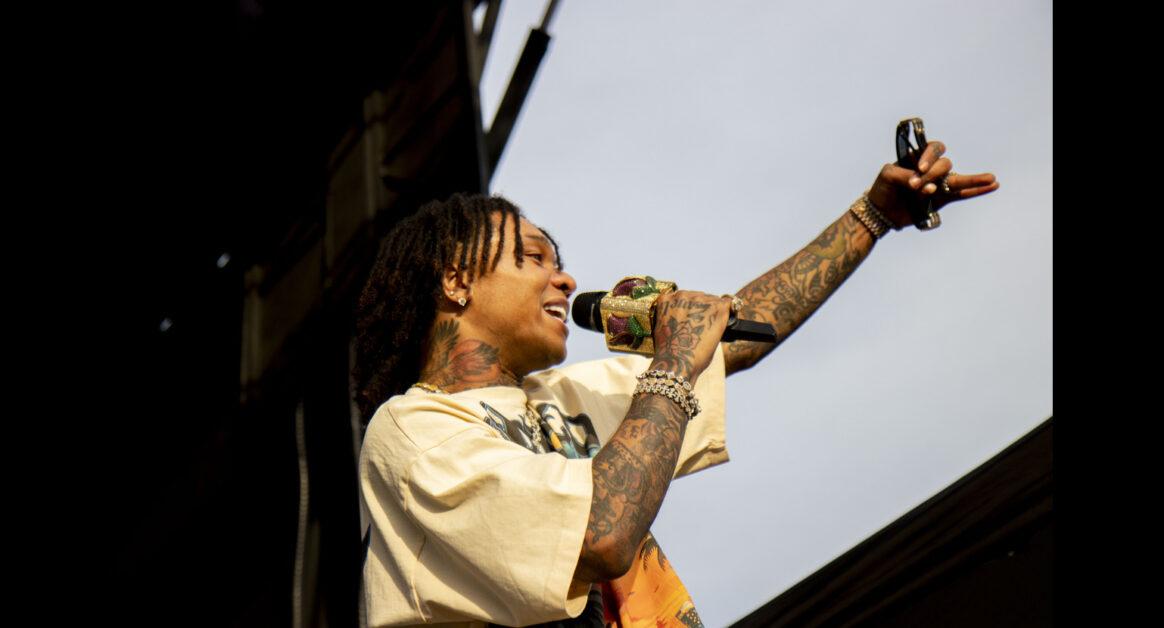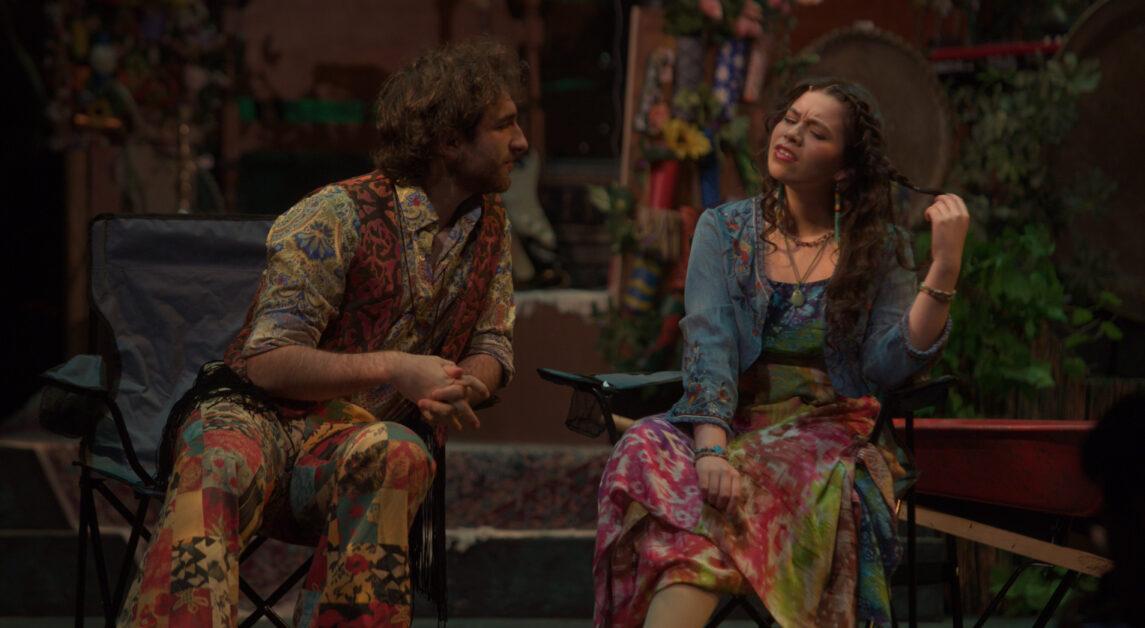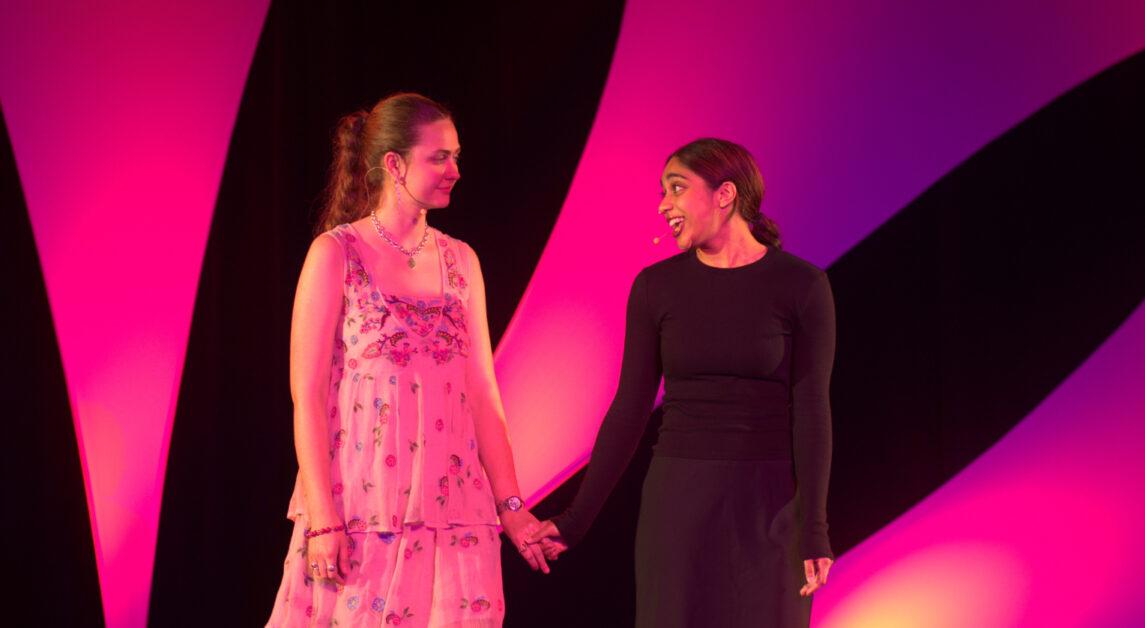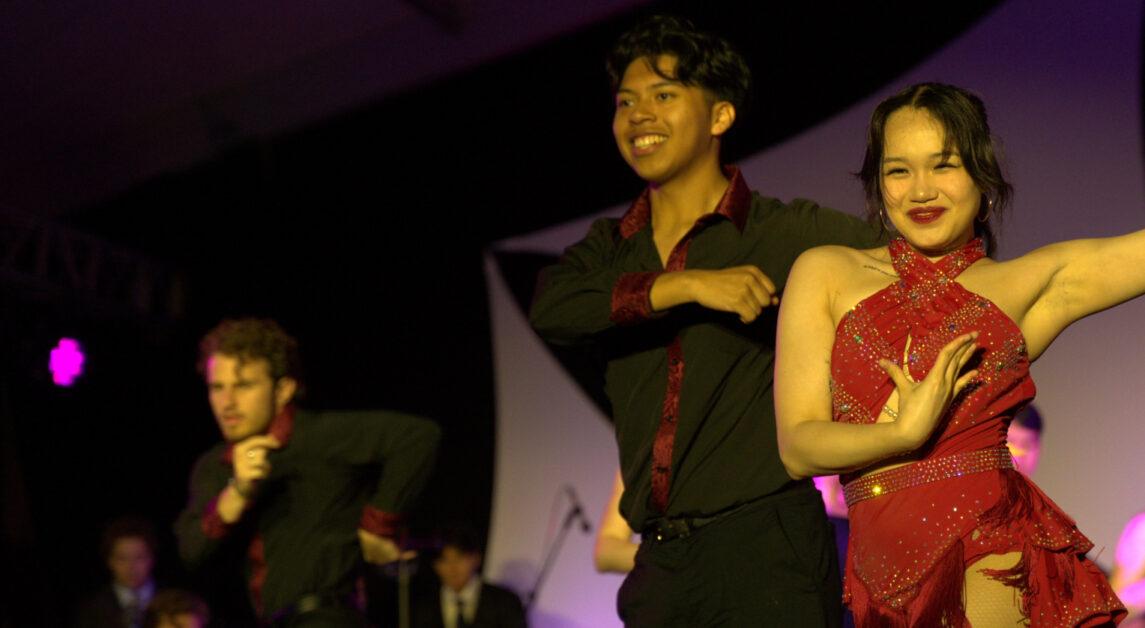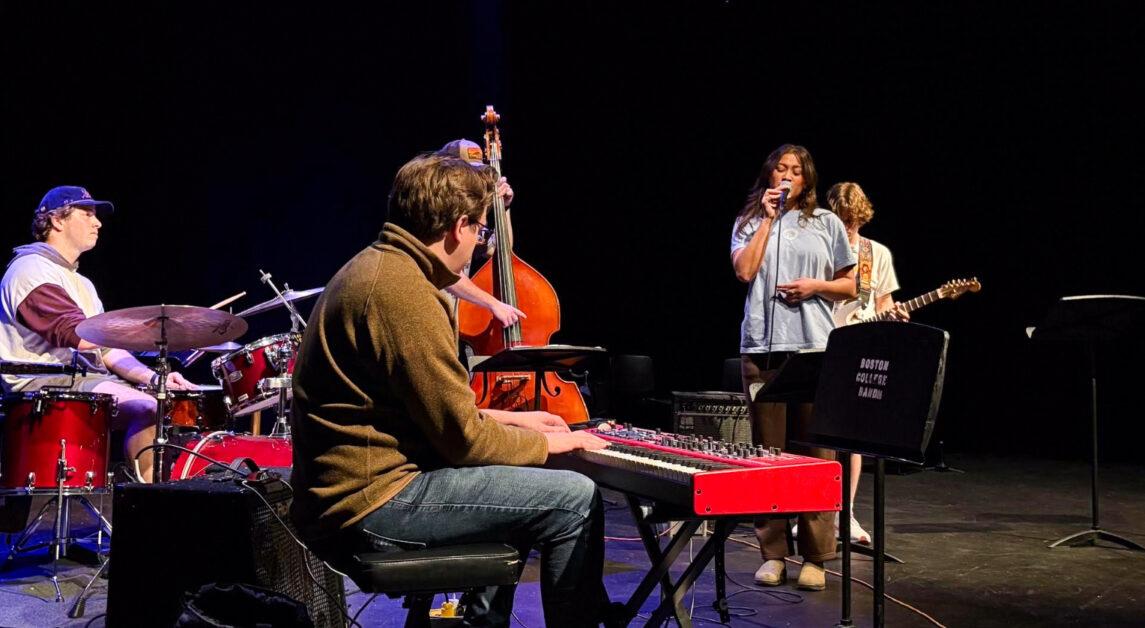For one night, the South Asian Student Association (SASA) owns Robsham theatre. SASA owns the stage, the audience, and everything in between. From the charm of Suraj Mudichintala, CSOM ’16, and Deepa Prasad, A&S ‘15, the show’s two hosts led the audience, a large and vocal SASA contingent making up the right side of the theater, through a multi-dimensional culture show. Saturday night’s Parivaar was a chance to show off—not obnoxiously—the SASA family, which has artistic skills not usually seen on campus.
The 18th annual culture show featured performances from modern Indian dance group MASTI, as well as three individual performances and a recurring mini-series/skit that aired on-screen to give the performers a break.
Christian Rougeau, A&S ’17, of Juice ushered in the festivities in a rendition of the Indian “Vande Vatarem” with his signature electric violin. Rougeau warmed up the crowd, and after his short set had ended, did some yeoman’s work carrying his own amp off stage. The performance was a sign of things to come in the show—traditional south Asian culture with a modern twist.
MASTI took the stage and—in more traditional fashion—told the tale of the fictional Rahul and Riya and their big fat Indian wedding with a series of energetic and clever numbers. In one of the funnier bits of the show, Rahul (played by Vebhab Garg, A&S ’15) and his buddies go on a bachelor party mimicking the rhythm of a car in their seated position on stage. The boys’ number was a clever move away from the typical “just jumping around” guy number. In the end, as if there was any doubt, Rahul and Riya, played by Aashani Shrivastav, A&S ’16, joined onstage in a mock marriage.
What followed was a parade of different dances with their own style. The freshman took the stage in the first in a spread out series of class dances. In typical freshman form, the dance started out a bit awkward before settling into a rhythm. The sophomores took the stage later in the show with the a larger contingent and put on a bigger though less intimate show than the freshman.
SASA introduced the audience to two forms of Indian folk dance—the newer Bhangra and the more traditional Garba. The Bhangra is combination of western and eastern dance traditions. It has a folk heart but a more modern execution. The Garba is more of a traditional, circular folk dance with twisting and overlapping motion.
Toward the end of the show, two individual performances slowed the pace of the show before the senior dance finale. Kiran Mani, A&S ’15, performed a rendition of Sanjawan from the Bollywood Humpty Sharma ki Dulhania. Most couldn’t really understand what she was singing given it wasn’t in English, but her voice stilled the usually restless crowd, a remarkable feat.
Sourabh Banthia, CSOM ’17, performed a drum solo dedicated to all the fathers who made the trip to Robsham. Banthia’s performance brought a simplicity to a show that often went for spectacle.
It’d be easy to overlook the mini-movie directed by Bob Martignetti, A&S ’16, and Ed George, A&S ’16. It aired through intervals throughout the show, chronicling the drama of the Sharma family and the trials that lie in front of a typical south Asian-American family. The video segments that played into their own absurdity drew some hearty applause from the crowd.
The senior dance brought the show to a close. It was a hectic, high-energy medley of moves that—while not as efficient as the MASTI performance or as culturally tied as the Bhangra or Garba—was the most visually compelling performance of the night given the size of the group and pace of the dance.
Parivaar is the night we get to catch up with SASA, see old and new roll together on stage.
Featured Image by Drew Hoo / Heights Editor

